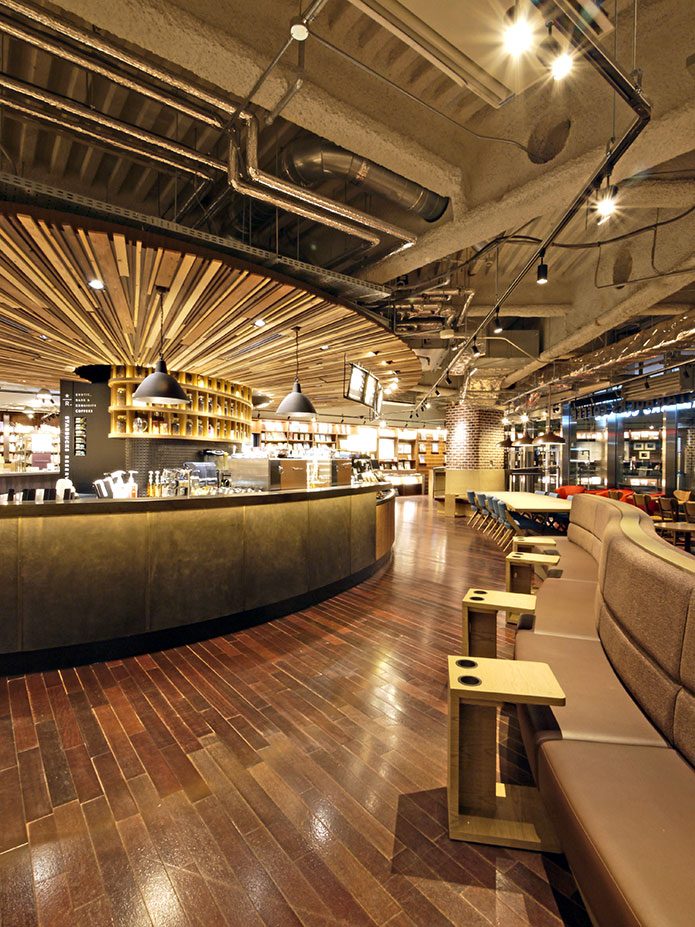
Japan’s first Starbucks outlet, in Ginza, Tokyo, opened on 2 August, 1996. By 2013, it had opened more than 1,000 outlets in the country, and currently boasts 1,198. The company’s 20th anniversary celebration, however, was tainted by some unhappy news. While a survey of the Japanese Customer Satisfaction Index undertaken by SPRING found Starbucks rated number one in the café category in 2014, by the following year, reports Nikkan Gendai (18 August), it had dropped to third place, behind Doutor and Veloce cafés.
“In the past, the atmosphere and customer service at Starbucks was analogous to business class aboard an airline”, commented journalist Rika Kashiwagi. “As the company expanded, the quality of staff has declined, and there are also many customers who hang out there just to work, using the Wi-Fi, and it’s not the kind of place where you can relax. With the slow economy more people are trying to pinch pennies, and it has the image of being higher priced, so it shouldn’t be surprising that customer satisfaction has declined”.
A small latte bought for ¥330 at Starbucks, for example, can be obtained at Doutor for ¥250. The ¥80 difference can count for a lot to a salaryman. The average kozukai (pocket money) doled out monthly to wage earners by their wives has declined over the past seven years. It is down nearly ¥8,000 from ¥45,775 in 2009 to ¥37,873 in 2016, according to figures obtained from Shinsei Bank.
“Middle-aged and elderly customers who want to sit in a café and read will appreciate the brighter lighting in Doutor outlets compared with the gloom in Starbucks”, said Kashiwagi, adding, “in these severe times, an extra few yen are enough to give one the impression that a place is overpriced”.